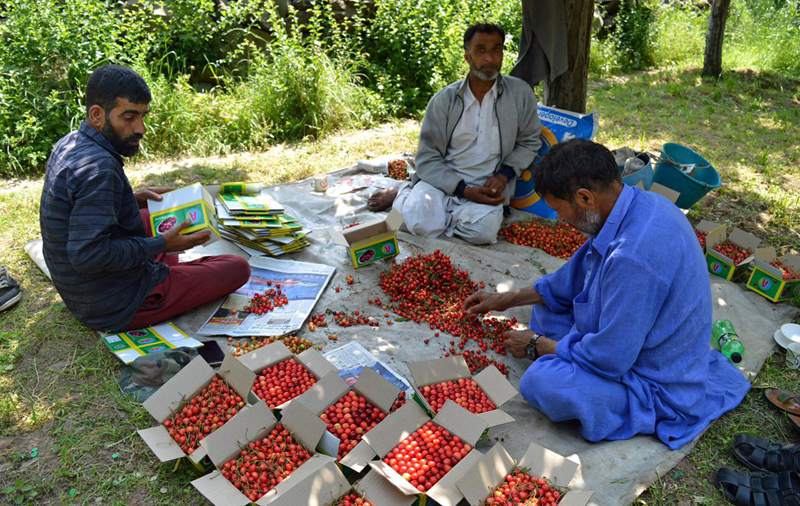Unstable weather is compromising California’s cherry season. With 43% of orchards damaged in the San Joaquin Valley, economic losses of 98 million dollars (about 90 million Euros) are expected.
The unusual spring that hit the heart of California's cherry industry
A mix of adverse weather conditions has crippled cherry production in California, with severe consequences for growers in the San Joaquin Valley, the state's main producing area.
Following an unusually hot summer in 2024 and off-season rains between March and April 2025, the flowering and subsequent pollination processes were severely damaged, significantly reducing yields.
According to local sources, California cherry growers expect to harvest only 50% of their production potential this season. This was confirmed by James Chinchiolo, vice president of the San Joaquin County Cherry Growers Association and owner of Lodi Blooms farm, who told CBS it was “one of the most difficult seasons ever”.
43% of orchards hit: a heavy blow for the entire state
Current estimates indicate that about 8,000 hectares (19,000 acres) of cherry orchards in San Joaquin County alone — which produces around 80% of California's cherries — have been damaged by 43%.
The fruit’s high sensitivity to cracking caused by prolonged moisture on the skin has further worsened the situation.
Local authorities are considering the possibility of declaring a natural disaster in the affected area. According to Kamal Bagri, the county’s Agricultural Commissioner, this measure could allow access to federal funds in the form of subsidies or, more likely, low-interest loans for affected producers.
Economic impact and outlook for the sector
Estimated economic losses for this season exceed 98 million dollars (about 90 million Euros). This is a heavy burden for a supply chain already marked by years of challenges related to climate change and water resource management.
With halved production and damaged fruit, California’s export outlook — which plays a key role in the global cherry market — is also compromised.
The sector now looks ahead with concern for the rest of the season, amid hopes for institutional support and the need for more resilient strategies.
Source: redagricola.com
Image source: California FT
Cherry Times - All rights reserved












